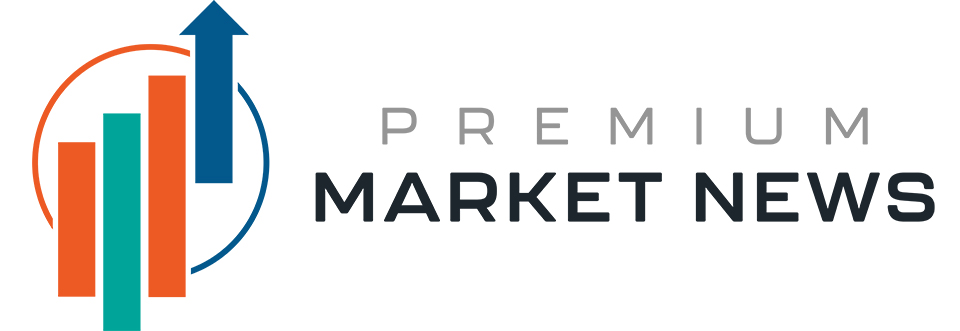DraftKings has been one of the major winners of America’s sports-betting boom. But after dropping more than 30% over the past three months, investors are asking whether the selloff reflects genuine weakness, or a rare buying opportunity.
To answer that, it helps to focus on the bigger question: does DraftKings actually have a moat?
Key Points
-
DraftKings benefits from a powerful near-duopoly with FanDuel, giving it a defensible position as users increasingly stick with the top two platforms.
-
Its early move into prediction markets could become a high-value growth driver that most investors are overlooking.
-
Cash flow is improving fast, the valuation is depressed, and a large buyback signals management sees the stock as undervalued.
Duopoly Vs Free-For-All
Despite dozens of betting apps, the U.S. market is essentially a two-player game. FanDuel holds around 43%, DraftKings captures roughly 25%, and everyone else fights for the leftovers.
Customer habits are solidifying fast. Once a bettor has accounts with the two big platforms, the odds they sign up for a third are surprisingly low, which makes it harder for rivals to gain ground.
That stickiness gives DraftKings a defensible position. FanDuel still has a slight edge in scale and profitability, but the market dynamics increasingly favor the two incumbents. In gambling, where promotional wars used to erase loyalty, this degree of concentration is unusual and powerful.
Prediction Markets
A more subtle shift is happening in prediction markets, where people wager on elections, economic outcomes, and cultural events. Unlike sports betting, these markets fall under federal oversight, which could eventually allow operators to build national platforms.
DraftKings recognized the potential when it acquired Railbird, signaling it intends to lead rather than follow. Prediction-market users tend to have higher lifetime value, and the category helps smooth the seasonality of sports betting.
If regulations continue evolving, and there are signs they might, DraftKings’ early move could give it an advantage others can’t easily replicate.
Slower Growth, but Cash Flow Is Finally Improving
DraftKings’ Q3 results weren’t dazzling, but they showed steady progress. Unique payers grew 2%, average revenue per user rose 3%, and revenue inched higher year over year. Losses narrowed modestly. What shook the market was a guidance cut, lowering revenue and sharply reducing EBITDA expectations.
Even so, the revised guidance still implies mid-20% growth versus last year, hardly a collapse. And beneath the surface, cash flow is strengthening quickly.
Operating cash flow for the first nine months jumped to $342 million from just $93 million a year earlier, a shift that materially improves the company’s long-term financial trajectory. If momentum continues, analysts’ projections of up to $2.5 billion in free cash flow by 2029 start to look realistic.
Valuation Is Pricing DraftKings Like It’s Broken
Despite stronger cash flow and continued growth, the stock trades at just 2.8 times trailing sales, well below its historical averages. Analysts see a wide gap between price and value. The consensus target sits just under $50, implying more than 60% upside, and even the lowest target sits roughly at the current share price, suggesting limited downside in Wall Street’s view.
This is the sort of asymmetrical setup long-term investors typically find attractive.
DraftKings also doubled its buyback authorization to $2 billion. For a company worth just over $15 billion, that’s a meaningful signal. Growth companies don’t authorize buybacks of that size unless they believe the stock is trading well below intrinsic value.
So, Is DraftKings a Buy?
DraftKings isn’t without risk. FanDuel still leads the industry, and regulatory noise is always part of the story. But the company remains one of only two platforms that truly matter in U.S. sports betting, a market expected to grow nearly 40% by 2030. Add improving cash flow, a compressed valuation, an aggressive buyback plan, and early positioning in prediction markets, and the long-term case becomes compelling.
For investors willing to weather volatility, this pullback may ultimately look like an opportunity. DraftKings may not be the market leader today, but it has the scale, trajectory, and strategic positioning to remain one of the industry’s defining players for years to come.
